Fresh Seats, Clear Conscience: Chemical-Free Upholstery Stain Removers
Today’s chosen theme: Chemical-Free Upholstery Stain Removers. Welcome to a cozy corner of practical care where gentle, effective, and planet-minded methods keep your sofas and chairs spotless without harsh synthetic chemicals.
Why Chemical-Free Matters for Your Home
Harsh solvent residues can linger in fabric and release vapors over time, especially in small rooms. Chemical-free upholstery stain removers minimize fumes, reduce potential irritants, and create a softer, safer environment for kids, pets, and anyone sensitive to strong smells.
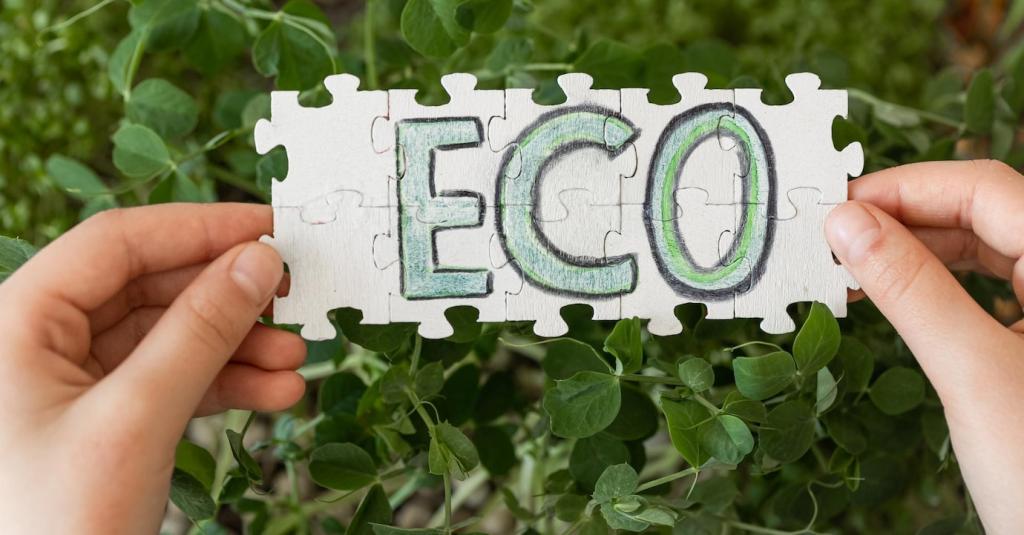
Fiber First: Cotton, Linen, Synthetics, and Blends
Cotton and linen absorb quickly, so gentle blotting is essential. Microfiber and polyester resist liquids better, benefiting from light agitation. Chemical-free removers that avoid dyes and perfumes help prevent residue that can attract dirt back onto the cleaned spot.
The Stain Triangle: Time, Temperature, and Tension
Act promptly, keep temperatures moderate, and use controlled mechanical action. Blot—don’t rub—to avoid pushing pigments deeper. Chemical-free solutions rely on smart technique, guiding surfactants and enzymes to lift stains while preserving delicate upholstery weaves.
pH Wisdom for Gentle Cleaning
Acidic solutions can help with mineral marks, while mildly alkaline blends can release oily residues. Balanced, chemical-free formulas protect fabric finishes and stitching, helping upholstery age gracefully without the brittleness sometimes caused by harsher cleaners.
DIY Chemical-Free Formulas That Actually Work
The Everyday Spot-Lift Solution
Combine warm water with a small amount of gentle, plant-based, fragrance-free dish soap. Mist lightly, blot patiently, and repeat. This humble mix loosens everyday soils without heavy residues, keeping cushions soft and colors bright through repeated, careful cleanings.
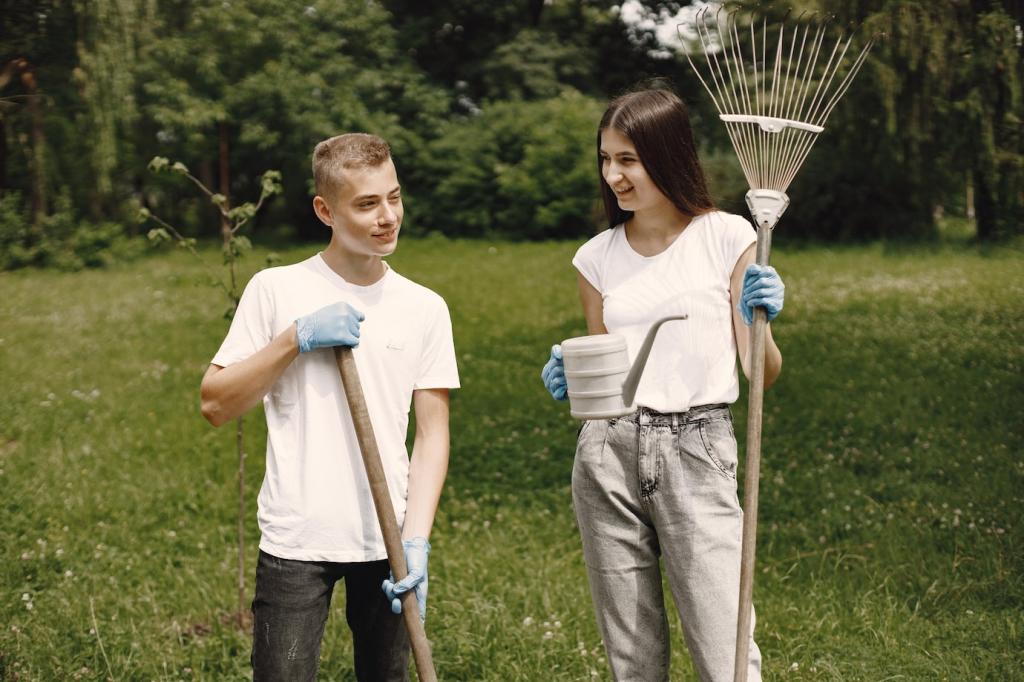
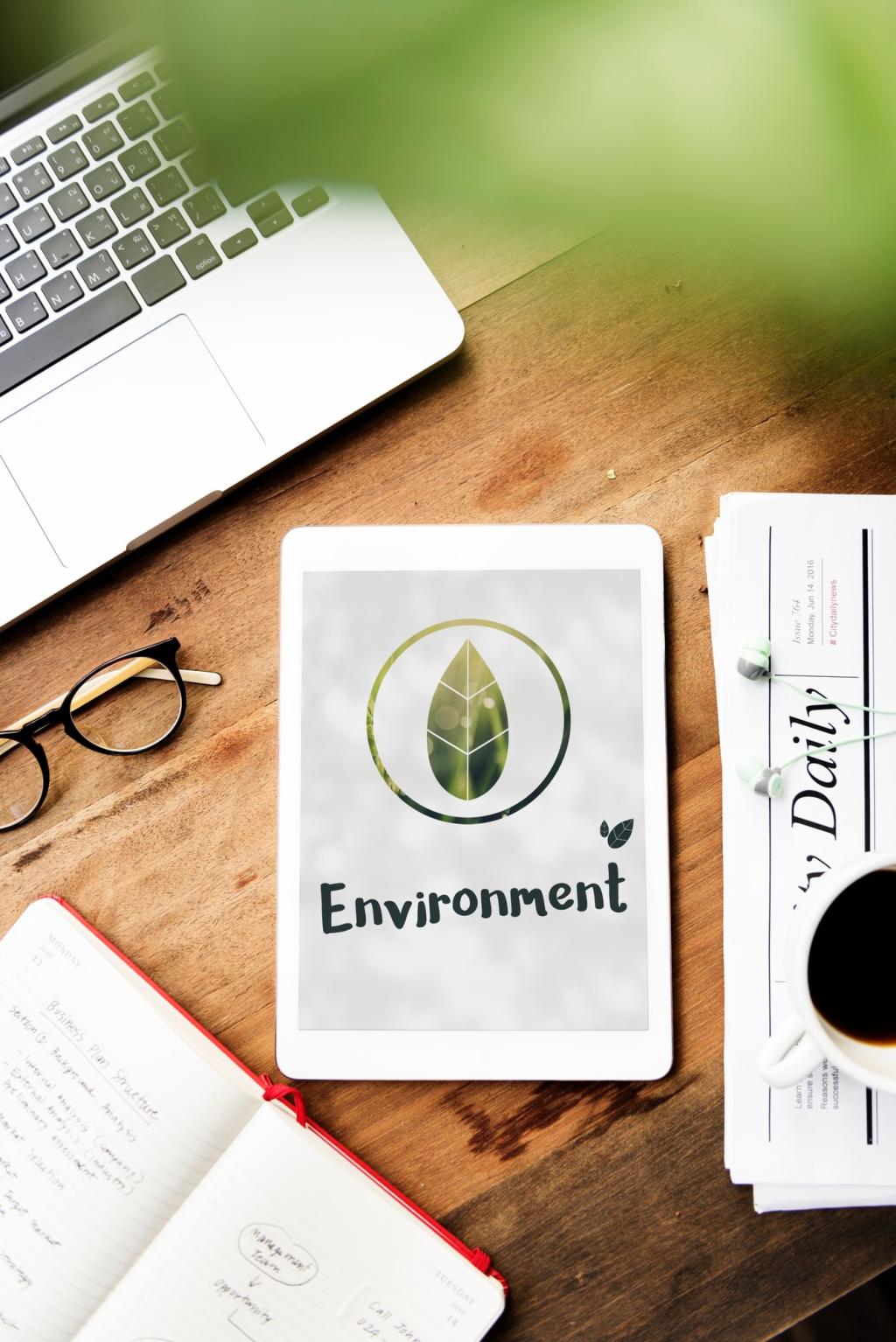
Vinegar and Baking Soda, Calmly Applied
For tangy spills or stale odors, lightly sprinkle baking soda, vacuum after a rest, then gently apply a diluted white vinegar solution. The fizzing is subtle but effective, helping lift discoloration while keeping fragrances and synthetic additives out of your home.
Stain-By-Stain Playbook, the Chemical-Free Way
Coffee and Tea
Blot immediately with a dry cloth. Apply a mild soapy water solution, blot again, then finish with a light pass of diluted vinegar if needed. Patience prevents rings, while gentle solutions protect the fibers and preserve that cozy morning ritual spot.
Red Wine and Berry Drips
Gently lift excess with a spoon, blot with cool water, then use a plant-based surfactant solution. If color lingers, try a second round with a fabric-safe enzyme cleaner. Slow, careful blotting helps prevent spread without forcing pigments deeper into the weave.
Oils, Makeup, and Greasy Smudges
Lay a clean towel beneath the fabric if possible. Pre-treat with a small amount of gentle, fragrance-free soap, then blot and rinse lightly. Repeat as necessary. Avoid heat until the grease is gone to prevent setting, and always test hidden areas first.
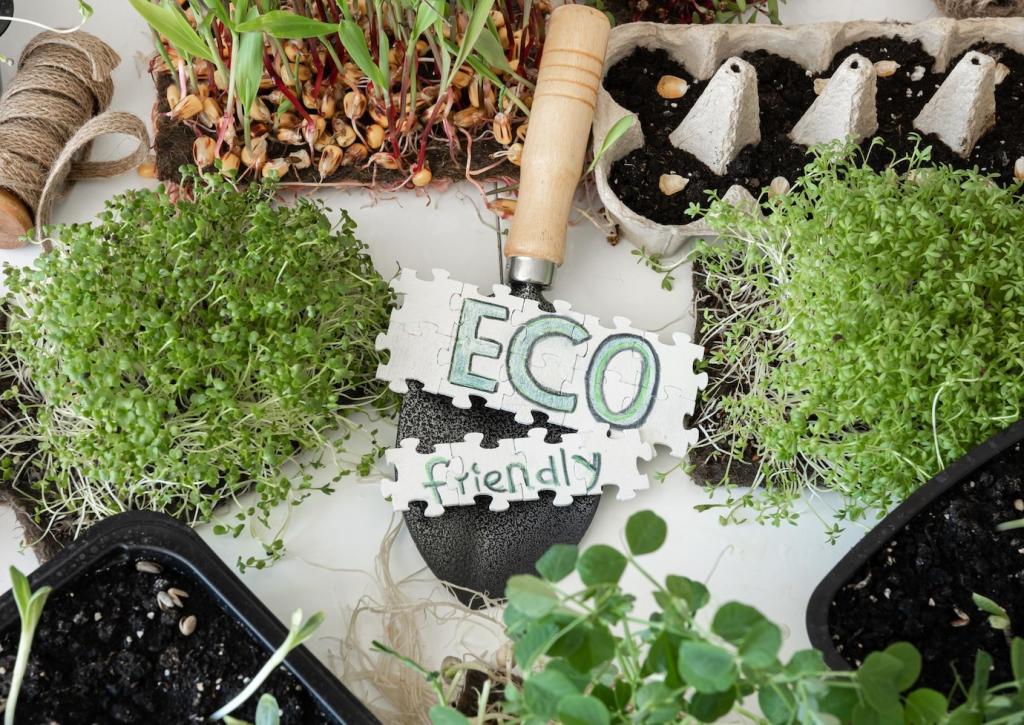
Microfiber Cloths and Soft Brushes
Microfiber grabs particles without scratching, while a soft upholstery brush loosens dry soils before they embed. This duo boosts chemical-free stain removers by making contact even and gentle, protecting delicate threads and decorative weaves from unnecessary stress.

Blotting, Wicking, and Controlled Moisture
Use minimal liquid, press with clean towels to wick moisture out, and work from the edges toward the center. This prevents spreading and water marks. Chemical-free cleaning thrives on patience, enabling natural ingredients to lift stains without over-wetting cushions.
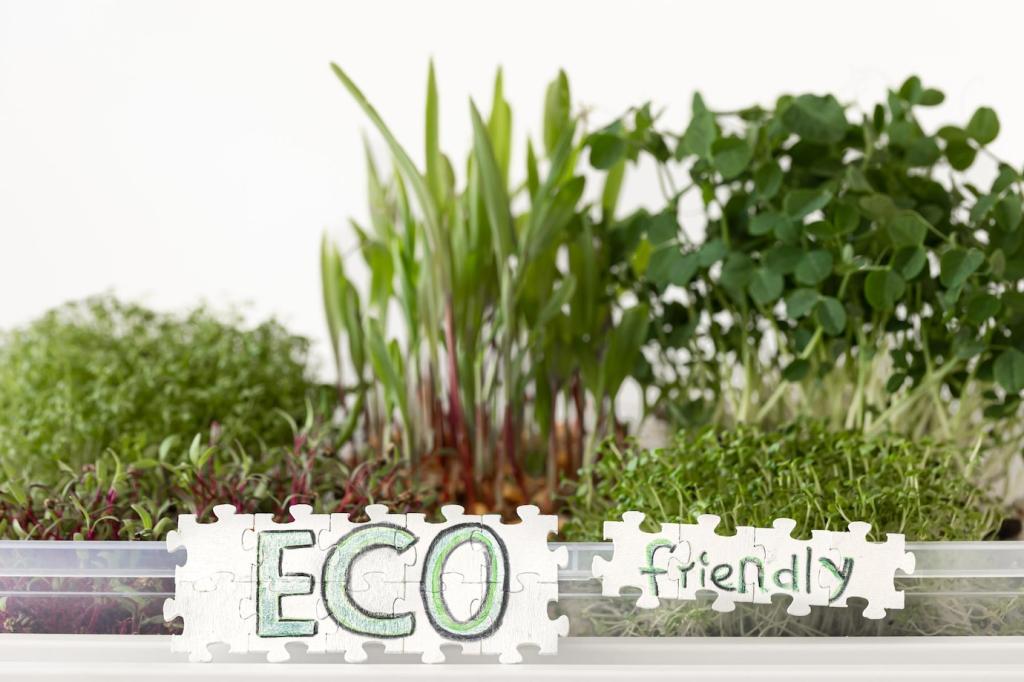
Label Literacy Without the Jargon
Look for short ingredient lists, clear fabric compatibility, and statements like fragrance-free and dye-free. Certifications and transparent sourcing build trust, helping you avoid harsh synthetics while choosing chemical-free upholstery stain removers that actually perform.

Packaging with Purpose
Refillable bottles, concentrated formulas, and recyclable materials minimize waste. Small choices compound over months of care, keeping your cleaning routine simple, responsible, and aligned with the idea that a healthy home should be gentle to the environment too.
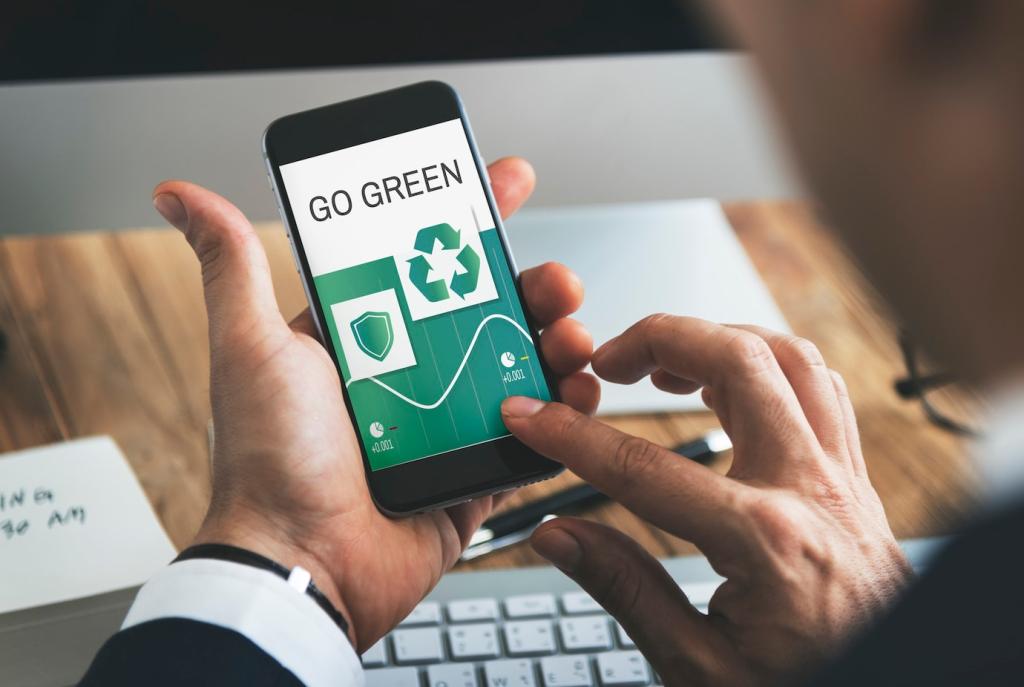
Join the Conversation
Share your toughest upholstery stain story and the chemical-free method that saved the day. Ask questions, subscribe for monthly tips, and help neighbors discover kinder cleaning—because knowledge spreads faster than spilled smoothies when we learn together.
